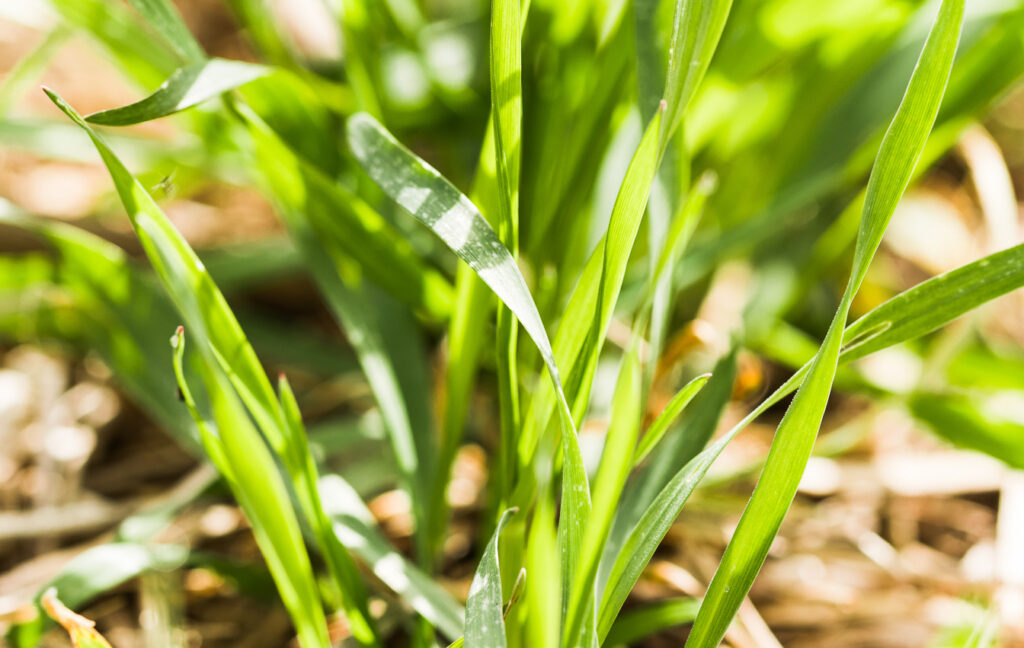Regenerative agriculture is more than just a buzzword; it’s a complete approach that seeks to rejuvenate the soil, improve biodiversity, and create resilient ecosystems. At the heart of this is triticale, a forage that represents the principles of regenerative farming. At TriCal Superior Forage, we see the strength of triticale in promoting sustainable and regenerative agricultural practices.
Triticale’s Regenerative Advantages
Triticale’s attributes that aide in regenerative agriculture:
- Soil Protection: Triticale provides a protective cover for soil during the vulnerable winter months, reducing erosion and loss of topsoil.
- Minimal Soil Disturbance: Compatible with no-till farming, triticale ensures that the soil structure remains undisturbed, promoting microbial activity and organic matter retention.
- Living Roots Year-Round: Triticale’s perennial roots enhance soil aeration, water infiltration, and act as a habitat for beneficial microbes.
- Enhanced Crop Diversity: Introducing triticale into crop rotations breaks pest cycles, reduces disease prevalence, and enhances soil biodiversity.
- Animal Agriculture Synergy: Triticale can be grazed, making it a valuable addition to integrated farming systems where livestock and crops coexist. Additionally, it’s an ideal crop following a fall manure application, capturing, and utilizing nutrients that might otherwise leach into waterways.
- Nutrient Capture: Triticale’s impressive nutrient uptake, especially after fall manure applications, is a testament to its efficiency. It captures significant amounts of nitrogen, phosphorus, and potassium, turning them into valuable biomass.
- Double Cropping Potential: Triticale stands out as a true double-crop option, promising additional dry matter feed per acre and setting up subsequent crops for success.
Beyond Just a Crop
Triticale’s role in soil health, water conservation, and nutrient cycling makes it an invaluable asset in modern farming. Moreover, triticale’s alignment with the NRCS Principles of Soil Health further underscores its significance. It not only acts as a cover crop but also allows for the integration of multi-specie cover crops, enhancing soil biodiversity and structure.
In the quest for sustainable and regenerative agricultural practices, triticale emerges as a frontrunner. At TriCal Superior Forage, we’re committed to championing triticale’s role in this movement and are excited about its potential to shape the future of farming.
Discover more about our triticale offerings and its regenerative potential here.
